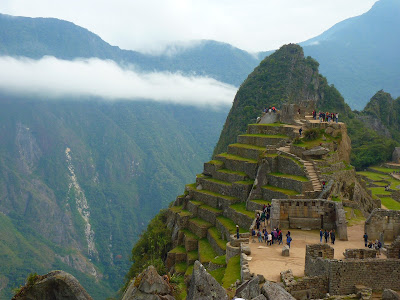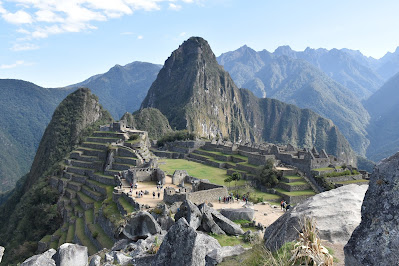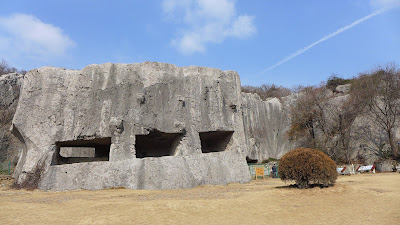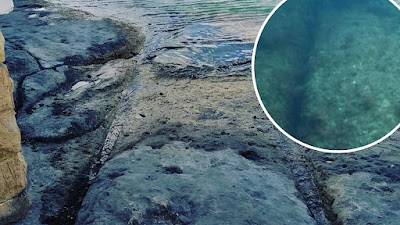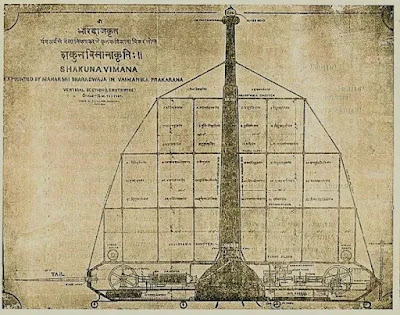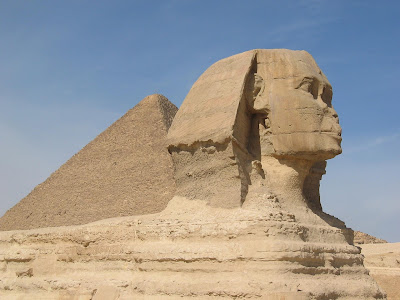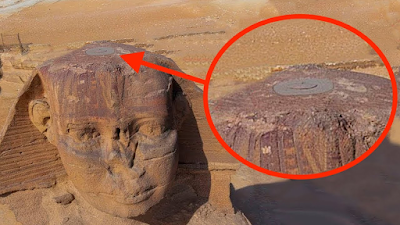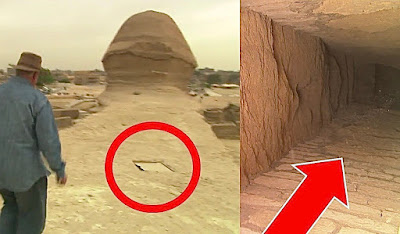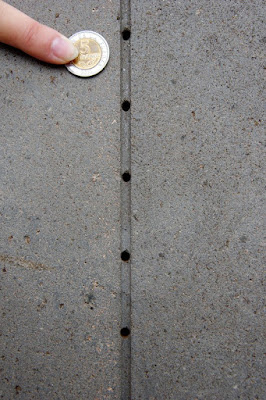Machu Picchu, nestled high in the Andes Mountains of Peru, stands as a testament to the ingenuity and architectural brilliance of ancient civilizations. This majestic site, hidden among the clouds, has captivated explorers, historians, and travellers for centuries. In this article, we will delve into the rich history and enduring allure of Machu Picchu, exploring its construction, purpose, and significance as one of the world's most fascinating ancient wonders.
Discovering Machu Picchu
Machu Picchu remained a secret to the world until 1911 when Hiram Bingham, an American explorer, stumbled upon its mysterious ruins. Cloaked in mist and encircled by breath-taking mountain peaks, the citadel revealed itself as an extraordinary archaeological marvel. Scholars believe that Machu Picchu was constructed by the Inca civilization around the 15th century, during the height of their empire.
Engineering Marvel
One of the remarkable aspects of Machu Picchu is its ingenious engineering. The site is perched on a ridge between two mountains, providing strategic defensive advantages and breath-taking panoramic views. The stone walls, built without mortar, fit together flawlessly, demonstrating the advanced construction techniques employed by the Incas. The precision of their stonework, the intricate terraces, and the sophisticated water management system all speak to their architectural prowess.
Purpose and Function
The purpose of Machu Picchu continues to be a subject of debate among scholars. Some believe it served as a royal estate for the Inca emperor, Pachacuti, while others suggest it had religious and ceremonial significance. Its strategic location and sophisticated design also suggest it may have served as a fortress protecting the Inca Empire. The precise alignment of the buildings with astronomical events hints at its potential role as an astronomical observatory or sacred space dedicated to the worship of celestial bodies.
Cultural Significance
Machu Picchu holds immense cultural significance for the indigenous Quechua people of Peru. It symbolizes their rich heritage and serves as a source of national pride. The site's preservation and recognition as a UNESCO World Heritage site have helped promote cultural awareness and tourism in the region, contributing to the local economy and showcasing the remarkable achievements of the Inca civilization.
The Mysteries of Machu Picchu
Despite extensive research and exploration, Machu Picchu still holds many secrets. The precise methods used by the Incas to transport and carve the massive stones remain a mystery. The purpose of certain structures, such as the Temple of the Sun and the Intihuatana Stone, continues to intrigue archaeologists and historians. Ongoing excavations and scientific studies aim to unravel these enigmas and shed light on the ancient traditions and beliefs that shaped this remarkable site.
Preservation and Tourism
Preserving the delicate balance between tourism and conservation is a significant challenge for Machu Picchu. The site attracts thousands of visitors each year, highlighting the need for responsible tourism practices to safeguard its integrity. The Peruvian government, in collaboration with international organizations, has implemented measures to protect the site, including limited visitor numbers and strict regulations on construction and maintenance.
Lost City of the Incas
Machu Picchu stands as an enduring testament to the extraordinary achievements of the Inca civilization and continues to captivate the world with its enigmatic allure. This ancient wonder, nestled high in the Andes Mountains of Peru, represents the pinnacle of architectural brilliance and engineering ingenuity. From its precise stone masonry to its intricate terraces and sophisticated water management system, Machu Picchu showcases the advanced skills and knowledge of the Incas.
The purpose of Machu Picchu remains a subject of intrigue and speculation. Whether it served as a royal estate, a religious sanctuary, a fortified fortress, or an astronomical observatory, the site's profound cultural significance cannot be denied. It symbolizes the rich heritage of the indigenous Quechua people and acts as a source of national pride for Peru.
While Machu Picchu has revealed many of its secrets through archaeological research, numerous mysteries still surround the site. The techniques used by the Incas to transport and carve the massive stones remain a marvel, and the significance of certain structures and features continues to puzzle experts. Ongoing exploration and scientific studies aim to shed light on these enigmas, deepening our understanding of the ancient traditions and beliefs that shaped Machu Picchu.
Preservation and responsible tourism are crucial for safeguarding the integrity of Machu Picchu. Balancing the influx of visitors with the need to conserve the site's delicate ecosystem and architectural wonders poses a significant challenge. The Peruvian government, in collaboration with international organizations, has taken measures to limit visitor numbers, regulate construction activities, and ensure sustainable tourism practices.
As we continue to unravel the mysteries of Machu Picchu and protect its fragile legacy, this ancient wonder stands as a testament to the enduring power of human ingenuity and the remarkable achievements of ancient civilizations. It invites us to marvel at the heights that humanity can reach and serves as a reminder of the rich cultural heritage that must be cherished and preserved for future generations. Machu Picchu remains a symbol of awe-inspiring beauty, a gateway to the past, and a beacon of wonder for all who visit this remarkable archaeological treasure.
Articles you might like:



